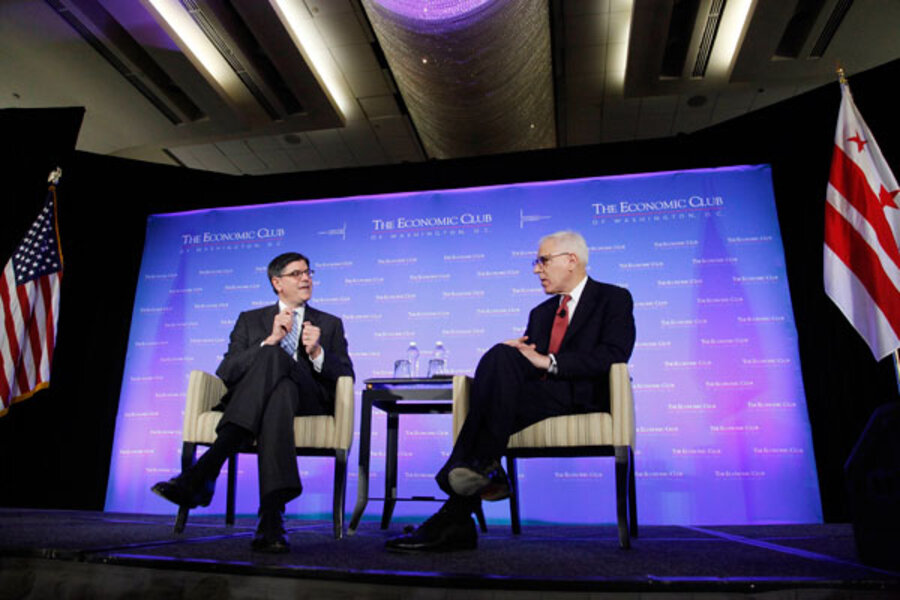The Treasury can use some extraordinary measures to postpone default. One example is underinvesting in certain government funds. But Treasury officials say they can’t use gimmicks to delay a day of reckoning for very long.
Treasury Secretary Jack Lew said that “once the final extraordinary measures are exhausted, no later than Oct. 17, we will be left to meet our country’s commitments at that time with only approximately $30 billion. This amount would be far short of net expenditures on certain days, which can be as high as $60 billion.”
This would be uncharted territory. As Secretary Lew put it, “it would be impossible for the United States of America to meet all of its obligations for the first time in our history.”
At that point, some finance experts say, the Treasury should prioritize how it uses the funds that come in from tax revenues, so that interest on Treasury bonds is paid before other obligations.
But the Treasury would still have to limit or delay payment of other obligations ranging from salaries to hospital payments under Medicare. Financial markets might view that as a serious breach of trust. Lew has called it “default by another name.” And the Treasury’s systems are so vast that an effort to pay some bills but not others could be chaotic.
The first 20 business days after the Treasury hits its wall would see about one-third of all federal bills (by dollar volume) go unpaid, according to an estimate by the Bipartisan Policy Center in Washington. That would represent some $106 billion in missed payments.






